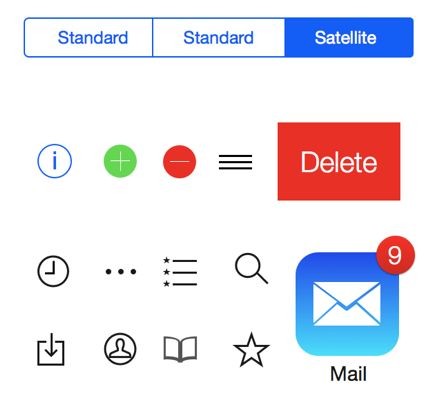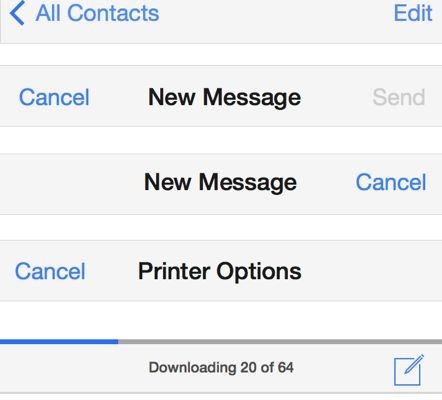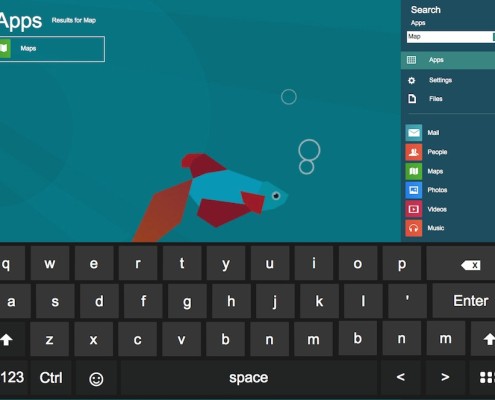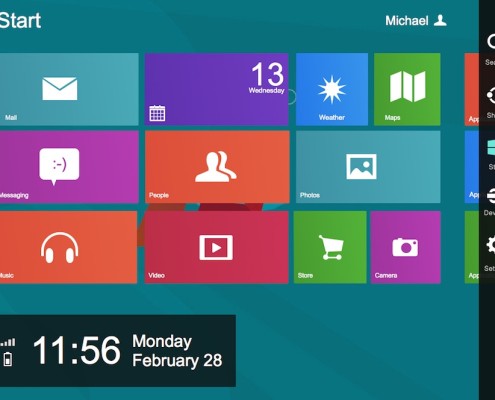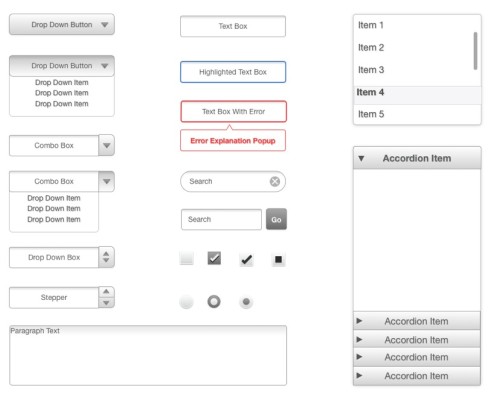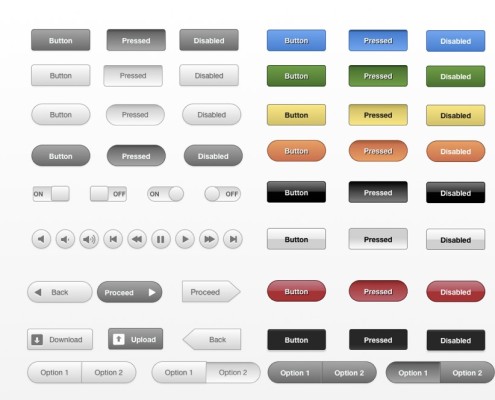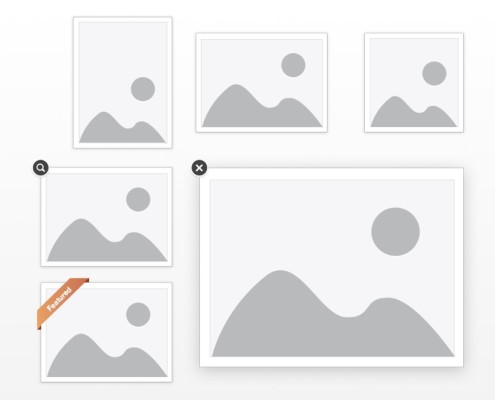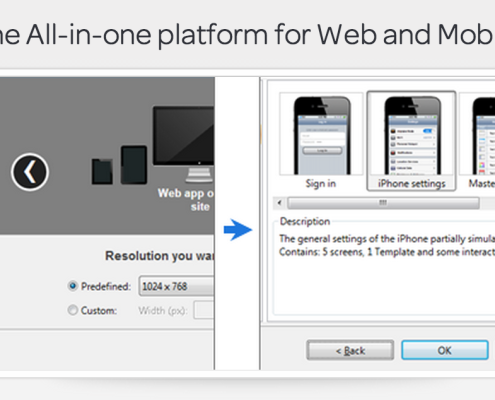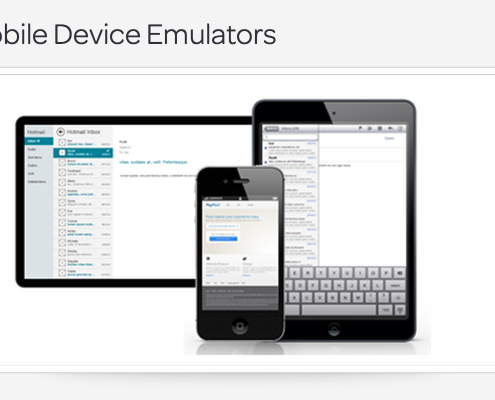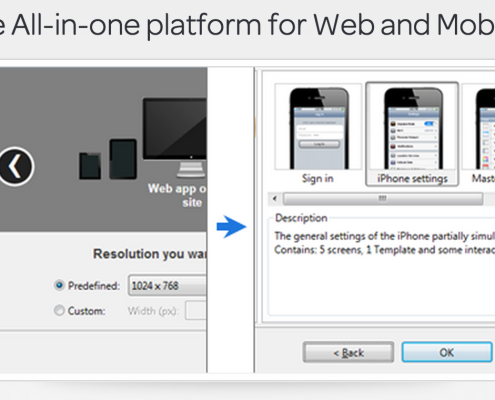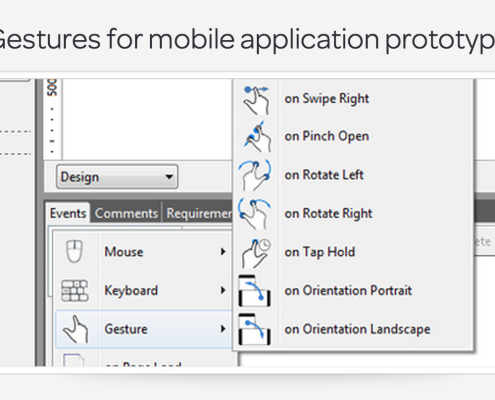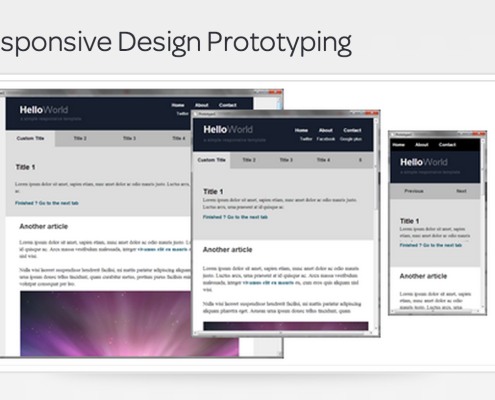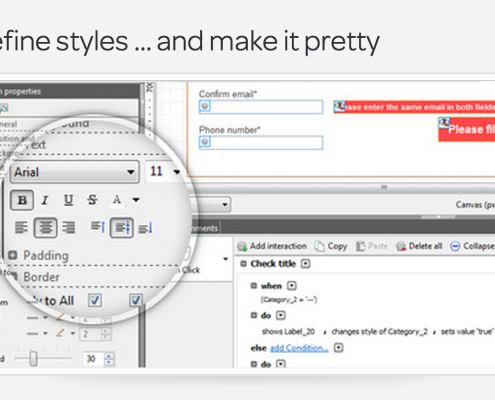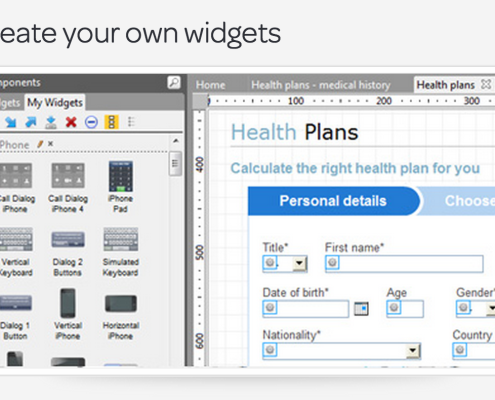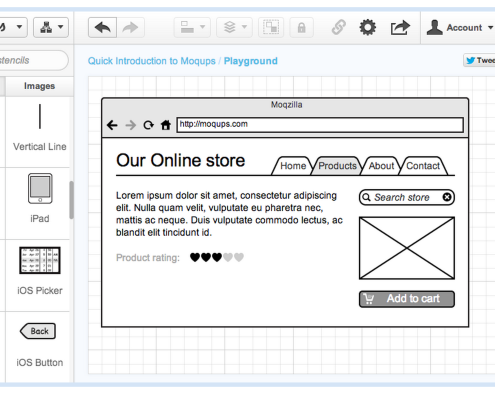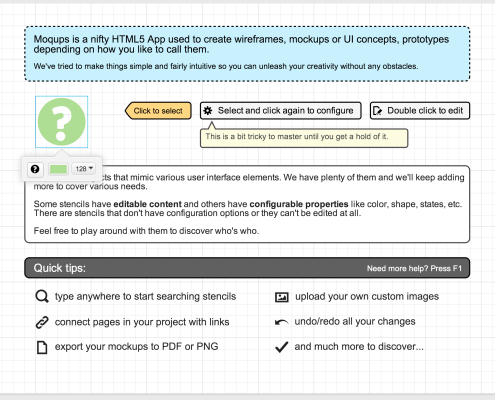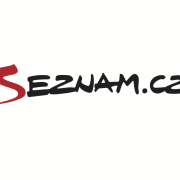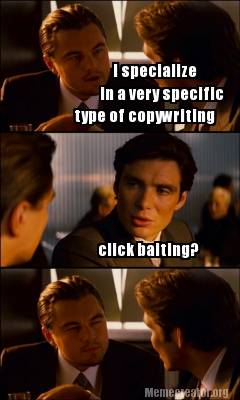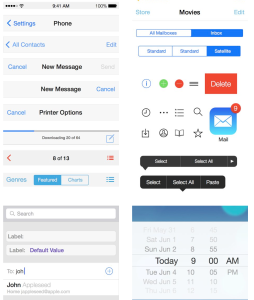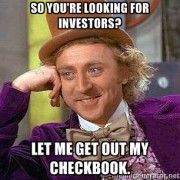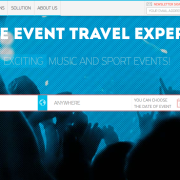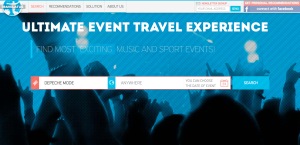What I learned in 18 Months as an Email Marketer (Part 2)
Advertising to Sell Vs. Advertising to Learn
It’s quite common for a small company in ramen profitability to start treating every conversation with customers as a sales opportunity. That’s the right attitude, anyway. As I’ve mentioned here in the past, every interaction is a a kind of sale. Either you are selling yourself to an investor, the media, or a partner, or you are selling your product to a customer. But just as you should always refine your pitch based on how well it has actually worked, you should do the same with your advertising. In fact, you can use advertising as a very cheap and effective form of research.
Shopping your Brand, and Testing Assumptions
Shopping your brand is sort of like focus-grouping, only you do it in the wild, and you use real customers as the focus group. The idea is to get a good sense of whether your target market is who you think it is, and if so, what that group responds to best.
You may run into some surprises doing this. The people you are most willing to buy your products may not always be the ones you’d expect. A classic industry example is women’s underwear: Victoria’s Secret has long known that male customers will spend more money, faster, than women buying the same products, and will be less interested in discounts and sales. And the reasoning is simple: men feel uncomfortable shopping for intimate items, and also don’t want to be caught looking cheap while doing it.
By the same token, though women may take longer than men to make purchases online, they also buy more electronics than men do, and consume more online media, and spend more time on social networks, taking the majority share in Facebook, Twitter, and Pinterest.
Catering to a demographic doesn’t have to mean talking down to that demographic either. You don’t see Apple making stereotypical “lady Iphones,” but their products are possibly more popular with women than with men. I can guarantee: Apple tests their taglines and slogans on women as much as they do on men. If you were selling a sleekly designed, high end electronics toy to the top of the market, would you care what women thought of your marketing?
Assumption testing can prove that your products are appealing to people you never considered potential customers, and for reasons you haven’t even thought of.
Case in Point:
Cedric Maloux, our CEO, created an app for IOS last year, and as soon as he had a working app, he “shopped” it using a number of targeted ads on Facebook. And since Facebook allows you to segment your market and target your ads to people based on sex, he decided that he wanted to know which taglines would work more with women, and which with men.
Because the nature of the app was targeted at a hobby that is overwhelmingly popular with men, he was surprised to find that women responded to the ads too. Not as much as men did, but there were key taglines that women responded to. There were ways of representing the app that appealed to women even more than they did to men. And by using the “advertise for research” approach, he was able to zero in on marketing that worked across these different segments.
And it isn’t just gender, either. There are loads of assumptions you probably make about your customers, and which you can test very effectively for little cost.
Agile Marketing: How it works
Agile methodologies don’t work every step of the way. There’s no set of iterations you can take in coming up with your products that will take you from no idea what to do, to a completed project. You need to be inspired first- and without that, there is no testing to do; no basis of comparison between a non-process and a good process. The same is true of agile marketing. It relies best on a seed of inspired thinking about your customers and your product, followed by rigorous and ego-free examination of what really works. I’ve done tons of marketing material that I loved, and only a small minority of it ever worked well. That makes marketing and coding not so different at all.
Start with Simple Questions
Like, what’s the first thing my customers see? Does it work? Does it work for the market I’m targeting? Could something else work better? Where am I losing customers?If your company already has a logo, then you probably have a slogan and associated taglines too. There’s plenty of advice available about how to write them, and it isn’t actually that hard. I mentioned recently that a tagline or a slogan is more like a static element for a website. It’s fertile ground for A/B testing, and that’s what you should be doing- all the time, and not just for the homepage, but also landing pages for any campaign you run.
You can start with broad assumptions about your customers. Segment them into “likely,” and “unlikely” customer groups, and run a couple of different versions of ads and associated landing pages for each group. Create ads targeting both groups, and show them to both groups too. If your likely customers respond to the ads that target them, then you know you’re right about your market and your strategy. But if your unlikely customers respond more than you anticipated, you can continue to segment them, dialing in the specific messaging and the specific part of that market cohort that *is* responding to your marketing. You may find you’re sitting on a potential client base you never considered. And if your likely customers respond to your ads for your unlikely customers just as much as the ones targeted at them, then this may tell you that your messaging to these customers is not as effective as you thought it might be. You may have more opportunities to sell to this group with a different approach.
Set Clear Goals
Using a system like OKRs, set objectives that involve clear answers to your simple initial questions. For instance, a question like “Is my purchase page losing sales because of the design?” can be associated with an objective like: “improve purchase page performance by 25%,” with key results being simple items like: “define the most effective call to action,” and “reduce distracting elements that cause users to bounce or navigate away.” Now follow the formula: testing incoming hits on the purchase page while cycling through these changes. You may find that something as simple as a stronger call to action can raise your conversion rate from 0.20% to 0.25%, and in terms of an online store, that’s can be an enormous increase in revenue.
You may well be shocked to realize the difference a single element makes in your overall revenue when it iterates itself over thousands of hits on a landing page or a homepage every day. There, a tagline that works just 1 time in 1000 more than another can mean the difference between life and death.
But you want to be doing this testing now- not when thousands of page views are already in play. That’s why small ad-buys on facebook or other platforms can give you the intelligence you need to get ahead of these questions- before you realize you don’t have it right.
[ssba]





